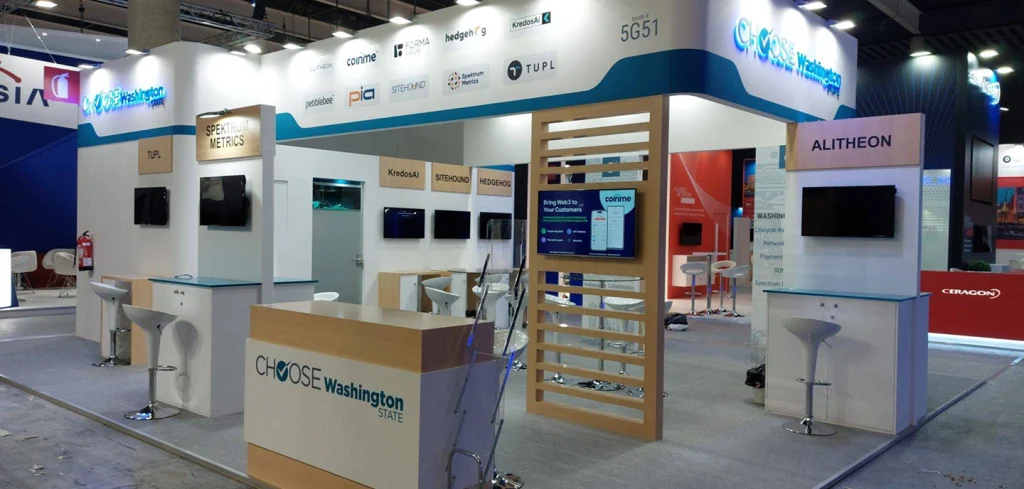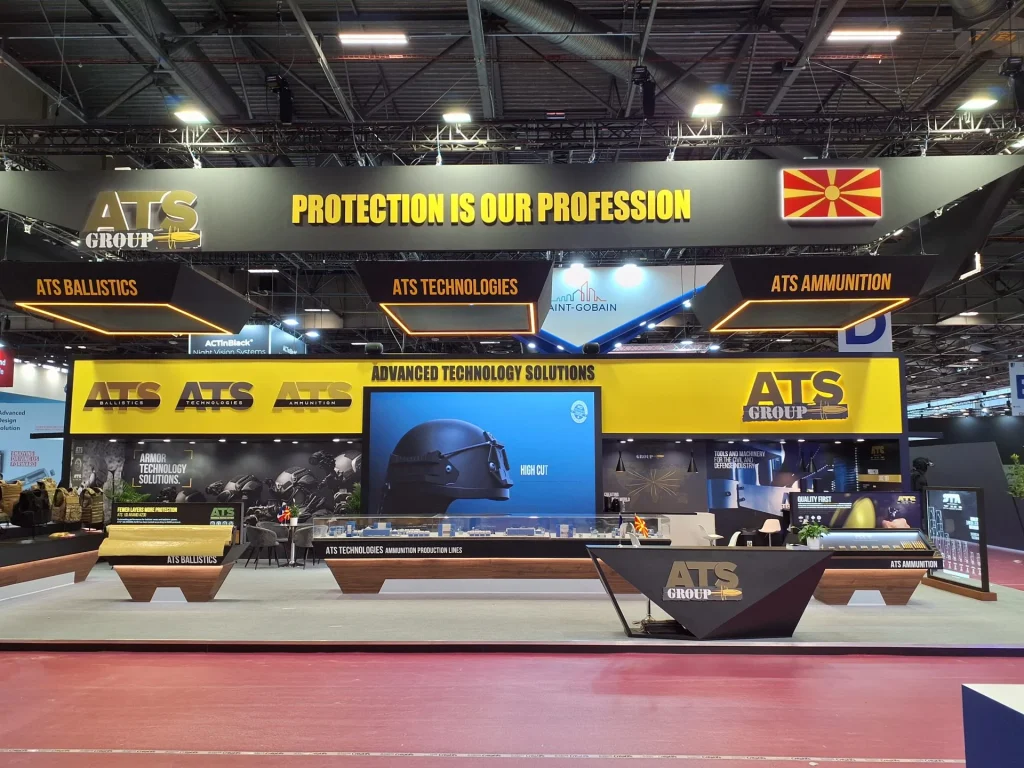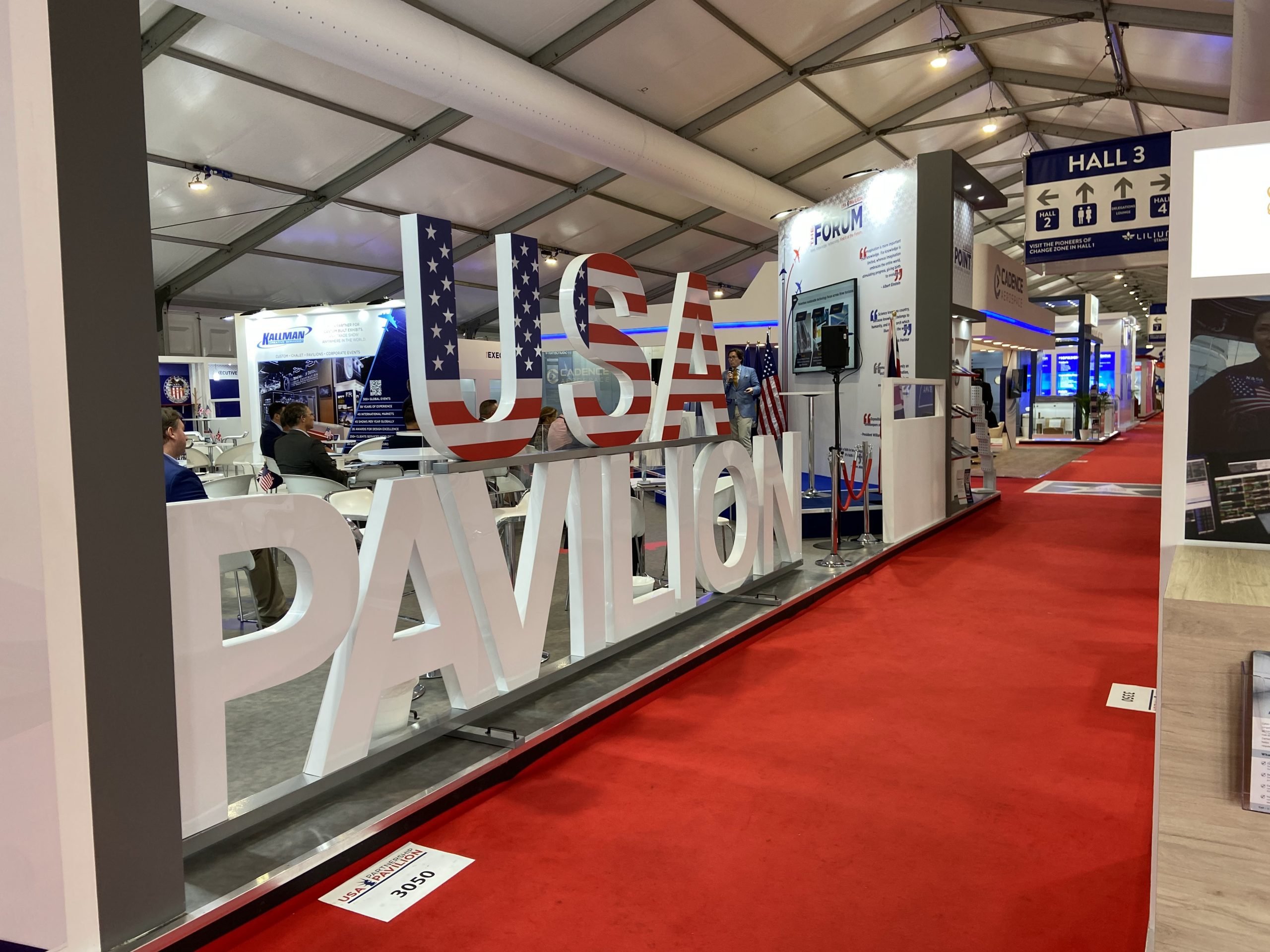
Introduction:
Trade shows are a crucial platform for businesses to showcase their products and services, network with industry professionals, and attract potential customers. The design and construction of trade show booths play a significant role in attracting attention and leaving a lasting impression on visitors.
Traditional booth designs often come with limitations in terms of creativity, customization, and cost-effectiveness. However, the advent of 3D printing technology is revolutionizing the way custom trade show booths are designed and built, offering unprecedented levels of flexibility, personalization, and efficiency. This blog explores the transformative impact of 3D printing on custom trade show booths and the benefits it brings to businesses.
1. The Rise of 3D Printing in Trade Show Booth Design
Innovative Design Possibilities
3D printing, also known as additive manufacturing, enables the creation of complex and intricate designs that were previously impossible or too costly to produce using traditional methods. This technology allows for the production of unique, customized booth components that can be tailored to fit a brand’s specific aesthetic and functional requirements.
- Complex Geometries: 3D printing can produce complex shapes and structures that are difficult or impossible to achieve with conventional manufacturing techniques.
- Customization: Each booth component can be customized to reflect the brand’s identity, incorporating logos, colors, and design elements that make the booth stand out.
Cost-Effective Production
Traditional booth manufacturing often involves significant material waste and high production costs. 3D printing, on the other hand, minimizes waste by using only the material necessary to create the desired components.
- Reduced Material Waste: Additive manufacturing uses materials more efficiently, leading to cost savings and a more sustainable production process.
- Lower Production Costs: The ability to print components on-demand reduces the need for large inventories and lowers overall production costs.
2. Benefits of 3D Printing for Custom Trade Show Booths
Speed and Efficiency
One of the most significant advantages of 3D printing is the speed at which designs can be turned into physical components. This rapid production capability allows for quicker turnaround times and more efficient booth construction.
- Rapid Prototyping: Designers can quickly create prototypes to test and refine their ideas, ensuring the final product meets all requirements.
- On-Demand Production: Components can be printed as needed, reducing lead times and enabling last-minute design changes.
Lightweight and Durable Materials
3D printing materials are often lightweight yet strong, making them ideal for trade show booths that need to be easily transported and assembled.
- Portability: Lightweight components are easier to handle and transport, reducing shipping costs and simplifying the setup process.
- Durability: Advanced 3D printing materials offer high durability, ensuring that booth components can withstand the rigors of repeated use.
Sustainability
3D printing aligns with growing environmental concerns by offering more sustainable manufacturing options.
- Eco-Friendly Materials: Many 3D printing materials are recyclable or biodegradable, reducing the environmental impact of booth construction.
- Energy Efficiency: The 3D printing process typically consumes less energy compared to traditional manufacturing methods.
3. Real-World Applications and Success Stories
Case Study 1: Coca-Cola
Coca-Cola utilized 3D printing technology to create an eye-catching and innovative trade show booth. The booth featured intricate 3D printed elements that highlighted the brand’s iconic imagery and products. This approach not only drew significant attention but also showcased Coca-Cola’s commitment to innovation and sustainability.
Case Study 2: Peugeot
At the 2019 Geneva Motor Show, Peugeot revealed a trade show booth with a stunning 3D printed lion sculpture. The sculpture, made from a composite material, demonstrated the brand’s embrace of cutting-edge technology and served as a focal point for the booth, attracting visitors and media coverage.
4. Future Trends in 3D Printed Trade Show Booths
Integration with Augmented Reality (AR) and Virtual Reality (VR)
The combination of 3D printing with AR and VR technologies can create immersive and interactive trade show experiences.
- AR Enhancements: Augmented reality can overlay digital information on 3D printed booth elements, providing visitors with interactive content and engaging experiences.
- VR Showcases: Virtual reality can be used to present 3D printed models in a virtual space, allowing visitors to explore products and booth designs in an immersive environment.
Smart Materials and IoT Integration
The future of 3D printed trade show booths will likely involve smart materials and Internet of Things (IoT) integration, creating booths that can interact with visitors and respond to their actions.
- Responsive Booths: Smart materials can change shape or color in response to environmental conditions or user interactions, enhancing the visitor experience.
- Connected Components: IoT-enabled booth components can collect data and provide real-time feedback, helping exhibitors understand visitor behavior and preferences.
Conclusion
3D printing is revolutionizing the design and construction of custom trade show booths, offering unparalleled opportunities for creativity, efficiency, and sustainability. By leveraging this technology, businesses can create unique, personalized booth experiences that captivate visitors and leave a lasting impression.
As 3D printing continues to advance, the possibilities for innovative and impactful trade show booth designs will only expand, helping brands to stand out in an increasingly competitive landscape. Embracing 3D printing in trade show booth design not only enhances brand presence but also aligns with modern demands for sustainability and technological innovation.

 Global
Global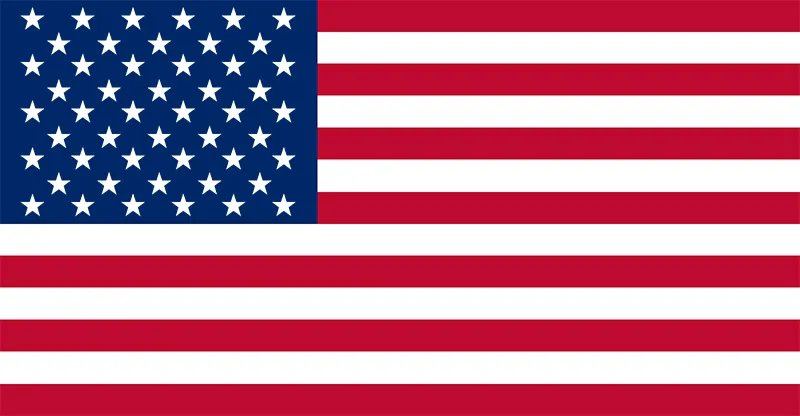 USA
USA